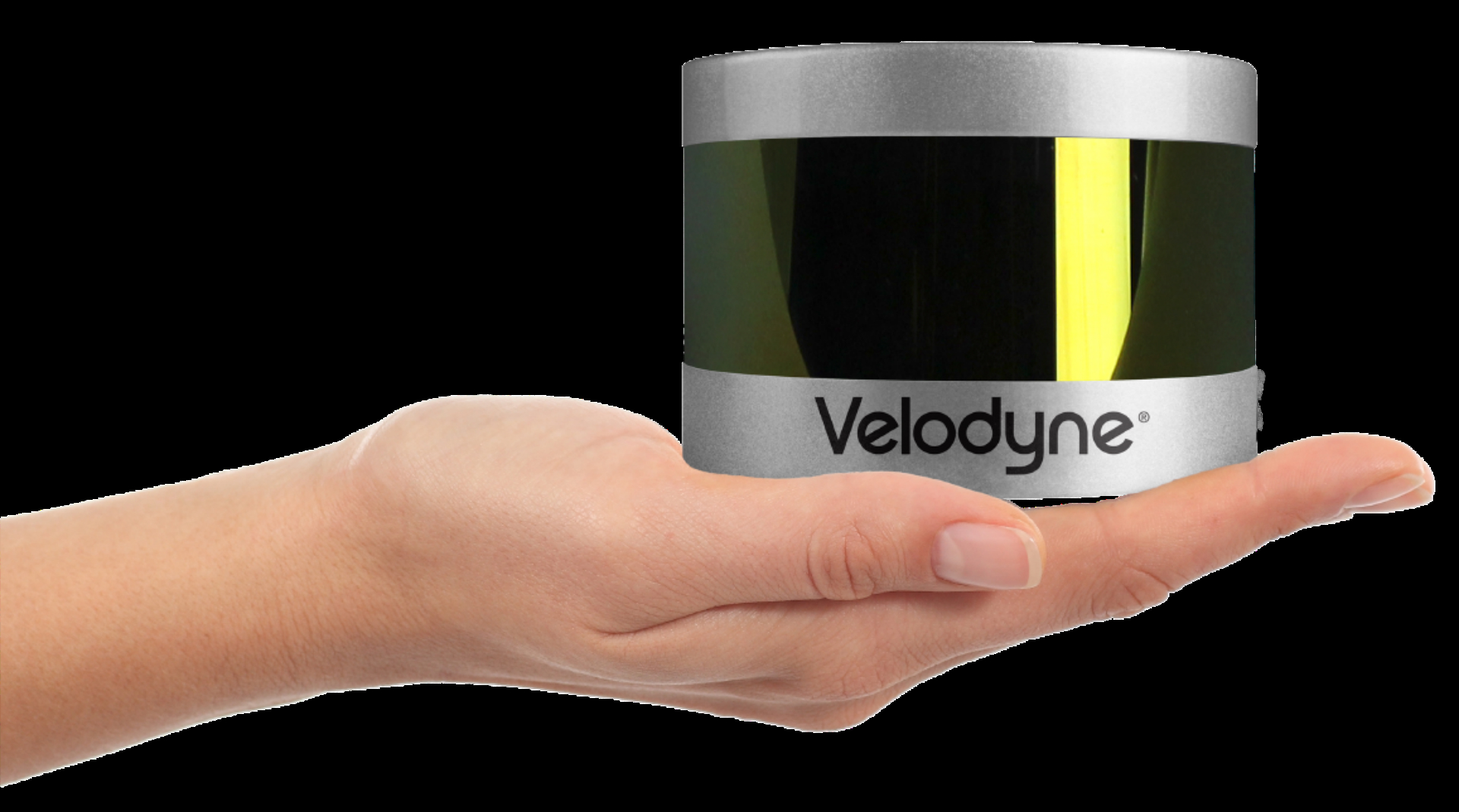

Ben Popper of The Verge has written a great profile of innovator David Hall, a crucial player in the development of Light Detection And Ranging systems.
LiDAR is used by autonomous and vehicles worldwide. It functions like sonar, but it uses laser light instead of reflected sound waves to measure the size, shape, and distance of objects. The article notes Hall first learned about the technology in 2004 while competing in the inaugural Defense Advanced Research Project Agency (DARPA) Grand Challenge. DARPA, a research arm of the Defense Department, used the Grand Challenge as a way to promote autonomous vehicle development.
Hall’s an interesting character. The Verge notes he built his first amplifier at age four, developed and patenting an improved tachometer while in college, and spent his middle-age years entering robot-fight challenges. Now in his mid 60s, Hall doesn’t seem to be slowing down, and has been looking to develop a self-leveling boat and a space launch system using magnetics.
We are all, comparatively, lazy.
His company, Velodyne, had made its reputation developing high-end audio equipment before turning to LiDAR. Now called Velodyne LiDAR, Inc., the California company is a global leader in the field. Apple, Caterpillar, Google and Uber have all used its technology in their autonomous-vehicle development efforts.
Technology Review has reported that most manufacturers developing self-driving technology foresee making use of some sort of LiDAR. This would not necessarily be Velodyne’s products though. “Nearly every major automaker is now experimenting with multiple suppliers and in-house production, and that means Velodyne faces new competition almost every week, “ The Verge explains.
Hall and his company aren’t standing still in the face of this challenge. Late last year, Velodyne announced a design for a solid-state LiDAR sensor that could bring the price of systems down to $50 in high volume applications. Popper’s Verge piece notes this is cheap enough to allow automakers to mount several on their vehicles.